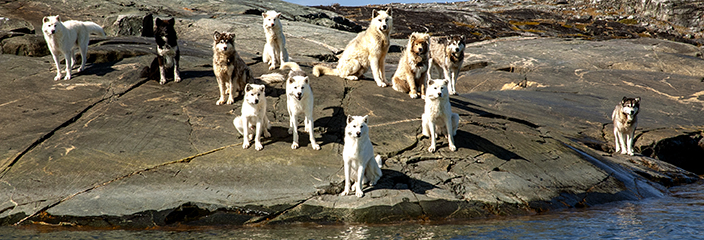By Corey Sandler, Destination Consultant Silversea Cruises
First of all, before Amazon was a globe-gobbling online colossus selling billions of products you never knew you needed, it was a river.
Way back, there were the Amazons, who according to Greek and classical mythology were a nation of fierce warriors who might have lived in Sarmatia (now part of Ukraine) or Anatolia (now Turkey) or elsewhere in the Black Sea or the Aegean.
And yes, in ancient and mythology and modern fantasy, they were alluring women.
But that has only passing connection to where Silver Cloud is spending the next ten days: in the Amazon River.
In 1541, Spanish soldier Francisco de Orellana, the first European to explore the river, named the river the Amazon pitched battles with what he described as tribes of female warriors. That was his story, and he stuck to it.
THE GREATEST
The Amazon is the greatest river in the world.
Okay, okay: I am well aware of the Nile, the Yangtze, and the Mississippi.
They are each great rivers, but the Amazon holds the record for superlatives.
It is—by far—the river with the greatest flow of water to the sea: about 20 percent of all of the freshwater discharged into the oceans, roughly the sum total of the next seven large rivers.
That’s great.
It has the largest drainage area in the world: 6,915,000 square kilometers or 2.7 million square miles. That’s 75 percent more than the Congo River, and more than double that of the Nile.
That’s great, too.
And depending upon how you classify its many tributaries—and who is doing the measuring—the Amazon may be 6,992 kilometers or 4,345 miles long.
That’s about 87 miles longer than the Nile. Isn’t that great?
OUR VOYAGE
After leaving Devil’s Island, off the coast of French Guiana, we sailed south down along the coast of South America to enter the huge mouth of the Amazon River
Huge? The mouth is more than 325 kilometers or 202 miles wide.
It takes us four days to sail from the mouth to the navigable end of the river—for ships of our size—at Manaus, about 1,500 kilometers or 930 miles into the interior of Brazil.
Smaller riverboats can go 1,000 miles further to the base of the Andes, and also serve the hundreds of significant tributaries of the Amazon.
Silver Cloud is stopping at some of the isolated towns along the river: Santarém and Boca Valeria going in, and Parintins and Alter do Chao coming out.
Along the way, we will reach O Encontro das Águas, the Meeting of Waters, where the Rio Negro’s dark (almost black) water comes together with the sandy-colored Rio Solimões near Manaus.
For about 6 kilometers or 4 miles, the waters run side by side without mixing.
This also happens near Santarém with the Amazon and Tapajós rivers.
On board ship, I’m telling guests the stories of some of the towns and the tributaries and the explorers. Wish you were here.
All photos copyright by Corey Sandler, all rights reserved. If you would like to purchase a high-resolution copy of an image, please contact me.


























































































































































